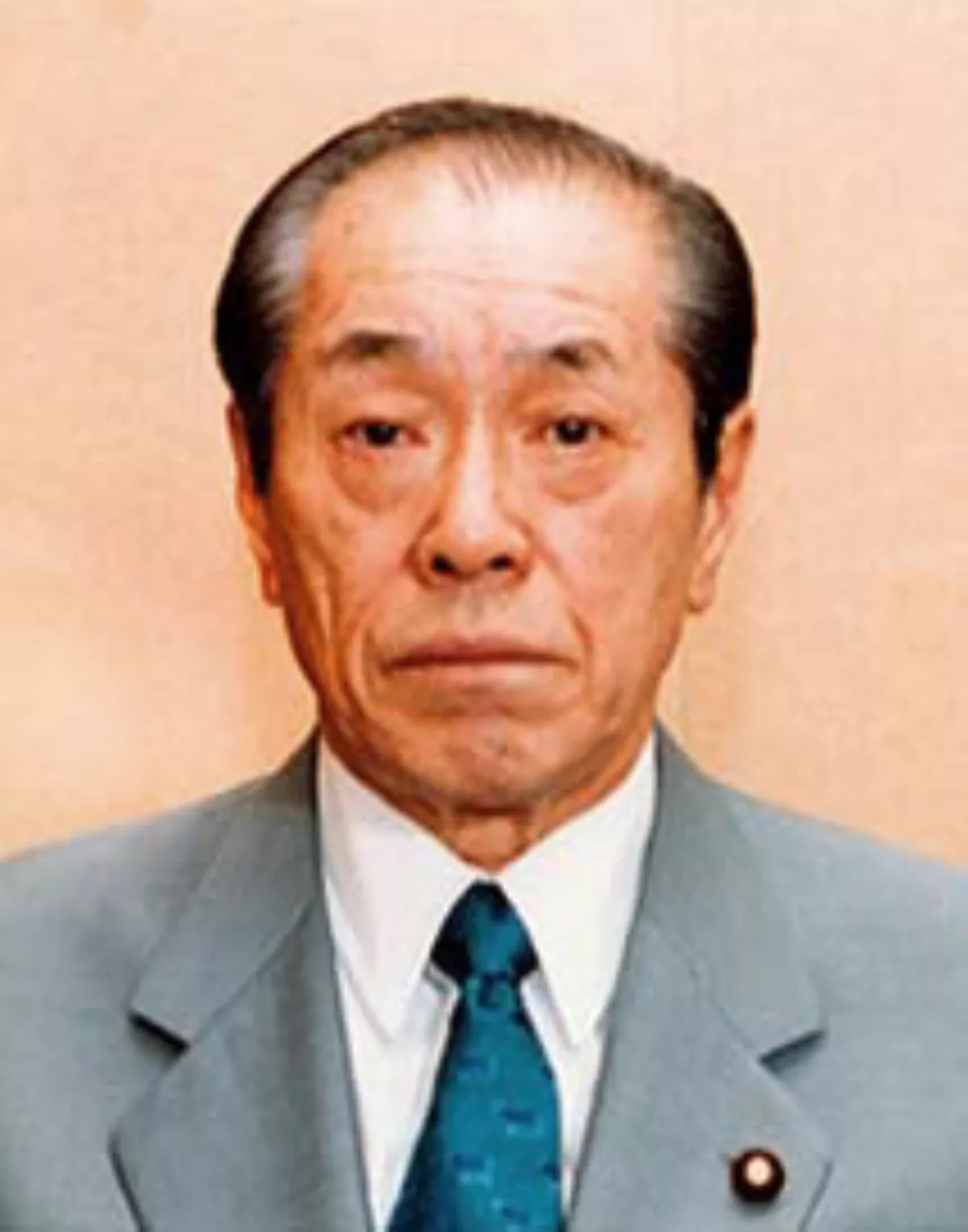 1.
1. Hiromu Nonaka was a Japanese politician of the Liberal Democratic Party.

 1.
1. Hiromu Nonaka was a Japanese politician of the Liberal Democratic Party.
Hiromu Nonaka served as Minister of Home Affairs and Head of the National Public Safety Commission from 1994 to 1995, as Chief Cabinet Secretary from 1998 to 1999, and as Head of the Okinawa Development Agency in 1999.
Hiromu Nonaka was widely considered as a voice of reason within the Liberal Democratic Party and viewed by some as the most powerful person in Japan during the mid-to-late 1990s.
Hiromu Nonaka was born on 20 October 1925 in Sonobe, Kyoto Prefecture into a family of burakumin background.
Hiromu Nonaka encountered discrimination in his youth as a member of the burakumin group, and later said this discrimination was a factor in his decision to leave JNR and enter politics.
Hiromu Nonaka entered local politics in Sonobe, where he served as a member of the local assembly from 1951 to 1958, and as mayor from 1958 to 1966.
Hiromu Nonaka then won a seat in the Kyoto Prefectural Assembly and served from 1967 to 1978.
Hiromu Nonaka briefly served as vice-governor of Kyoto Prefecture in 1978, but resigned to establish and serve as the chairman of Japan's first care facility for individuals with profound physical disabilities.
Hiromu Nonaka entered the House of Representatives through the Kyoto 2nd district by-election of 1983, in which two seats were open following the death of incumbent representatives Senichi Tanigaki and Shigesaburo Maeo.
In 1988, Hiromu Nonaka rose to prominence following the Recruit scandal, which led to the collapse of the Takeshita's faction.
Hiromu Nonaka served as Minister of Home Affairs through the Tokyo subway sarin attack of 1995, and drew attention for his personal apology to a suspect falsely accused of poisoning his wife and neighbors with sarin.
In 1998, at the request of Prime Minister Ryutaro Hashimoto, Hiromu Nonaka travelled to China to express remorse to victims of the Nanjing massacre.
In 1998, Hiromu Nonaka was named Chief Cabinet Secretary under Prime Minister Keizo Obuchi, where he wielded an unusual amount of power in this role.
Hiromu Nonaka was viewed by many insiders as a shadow leader of the government, arranging a major bank bailout plan and bringing the faction led by Ichiro Ozawa into the governing coalition.
In 2000, as LDP secretary-general, Hiromu Nonaka played a key role in defeating a no-confidence motion against Prime Minister Yoshiro Mori.
In 2001, Hiromu Nonaka was seen as a contender for the presidency of the LDP, and thereby for Prime Minister of Japan.
Hiromu Nonaka was reluctant to take the position as it would place his background as a burakumin in the spotlight.
Hiromu Nonaka ultimately supported Ryutaro Hashimoto in the election, but Hashimoto lost to Junichiro Koizumi.
Hiromu Nonaka did not run in the 2003 general election, but campaigned for the LDP candidate in his district in Kyoto Prefecture.
On 5 June 2013, Hiromu Nonaka led a delegation including former Prime Minister Yukio Hatoyama to visit Beijing and confer with Liu Yunshan, a member of the Politburo Standing Committee of the Chinese Communist Party.
Hiromu Nonaka told reporters that as a young politician in the 1970s, he had heard Kakuei Tanaka state that an agreement had been reached to shelve the dispute between Japan and China over the Senkaku Islands in order to normalize relations between the countries.
Hiromu Nonaka died on 26 January 2018, at the age of 92, at a hospital in the Shimogyo Ward of Kyoto.